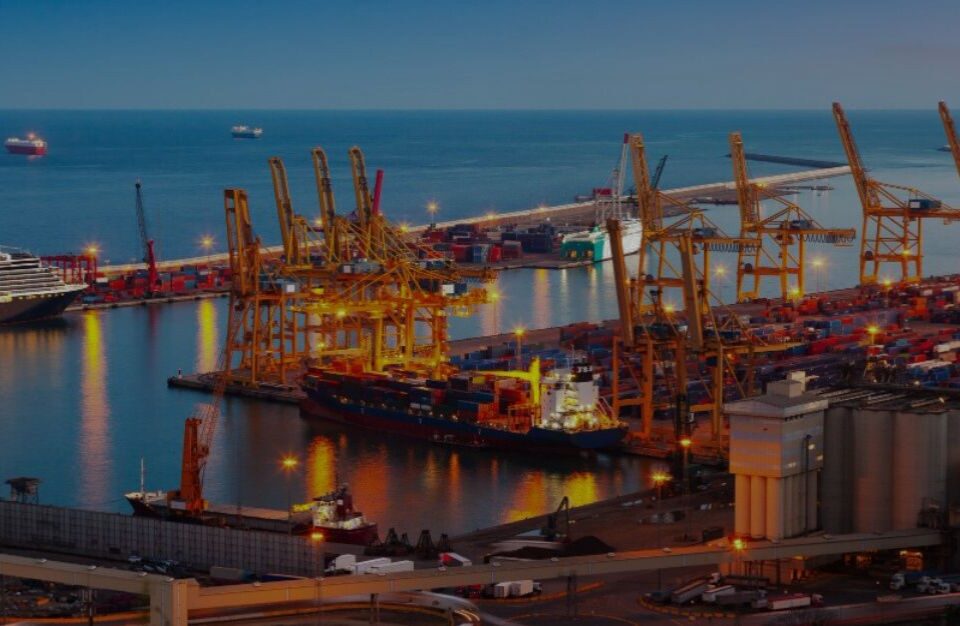Common Types of Valves in Malaysia: Which Is Right for Your System?

Simplify Your System with Process Skid Packages & Premium Hy-Lok Fittings
May 30, 2025Valves are fundamental components in many Malaysian industrial systems, ensuring smooth and controlled fluid movement.
These mechanisms are found across sectors such as water distribution, chemical processing, and high-pressure operations—each demanding precise fluid flow control for safety and efficiency.
With various types of valves available, selecting the most suitable one starts with knowing how they’re generally used across different sectors.
Key Takeaways
- A valve controls the flow of fluids in a system by opening, closing, or partially obstructing passageways.
- Valves are categorised by function, motion type, and actuation method to suit different operational needs.
- Common valve types include ball, gate, globe, check, butterfly, needle, plug, and pressure relief valves, each serving specific fluid flow control purposes.
- Valves are classified by material, end connection, and industry application to ensure compatibility and performance.
- Selecting a valve requires evaluating fluid type, system pressure, flow control needs, and installation conditions.
What Is a Valve and How Does It Work?
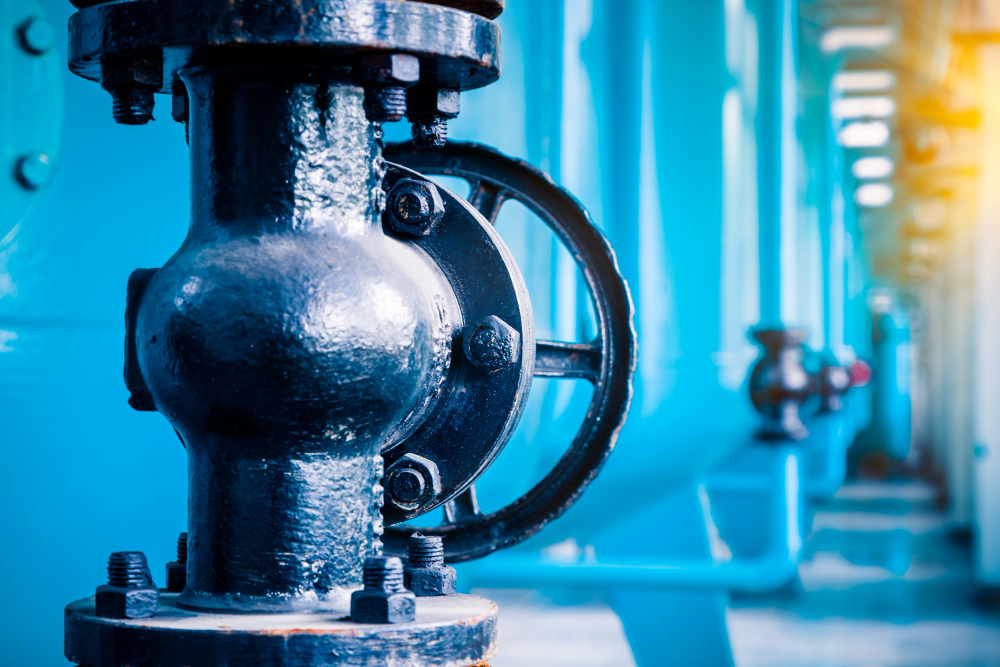
A valve is a mechanical device used to control the movement of fluids—such as liquids, gases, or slurries—within a piping system. It operates by opening, closing, or partially obstructing pathways to manage fluid flow direction, rate, and pressure.
Depending on the mechanism, valves can be actuated manually, electrically, pneumatically, or hydraulically. Each design is built to respond to specific operational commands, ensuring the process runs safely and efficiently without fluid loss or system pressure disruption.
3 Main Categories of Valves and What They Meanz
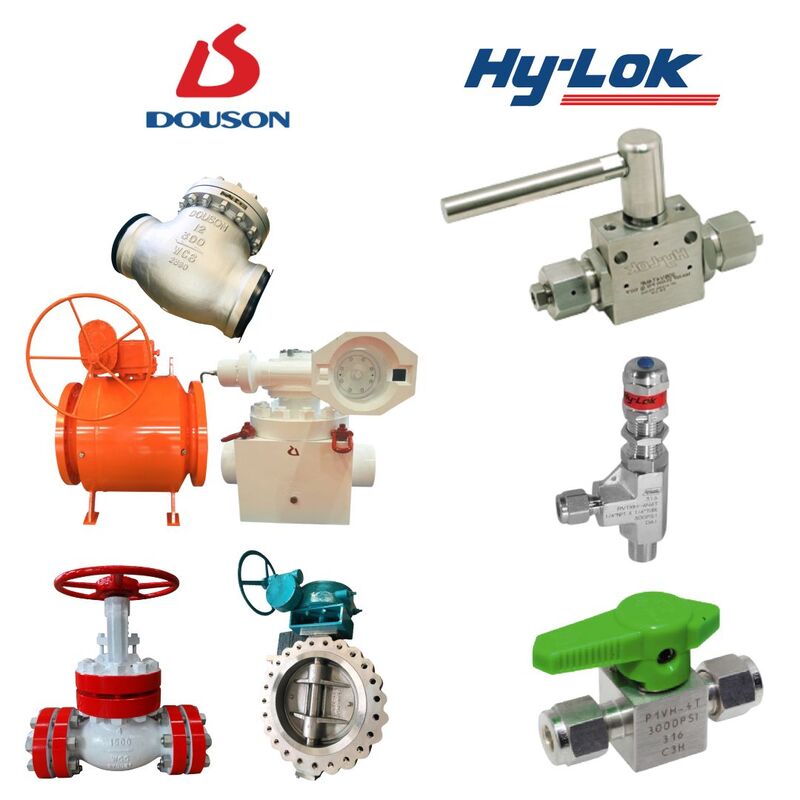
Valves can be classified into several categories depending on their valve function, motion type, and actuation method. These categories help determine the valve’s suitability for specific operational roles in a system.
| Category | Subcategory | Description |
| Function of Valves | – Industrial Valves – Instrument Valves | Broad valve categorisation based on their functions, applications & characteristics |
| Motion of Valves | – Linear Motion – Rotary Motion | Refers to the internal movement: straight (e.g., gate, globe) or rotating (e.g., ball, butterfly). |
| Actuation Method of Valves | – Manual – Electric – Pneumatic – Hydraulic | Explains how the valve is operated—manually or via automation systems like motors or pressure. |
Explore how valve selection enhances control, safety, and efficiency in your operations.
Industrial Valves & Instrument Valves: Common Types of Valves in Piping & Tubing
The efficiency and safety of a fluid system are strongly influenced by the type of valve and function used.
Below are the most commonly used valves in Malaysia, along with practical examples of their applications which Flexy offers industrial-grade valves through two leading brands—Hy-Lok and Douson—engineered to meet various operational requirements.
Industrial Valves (Douson)
1. Ball Valve

A ball valve uses a rotating ball with a hole through its centre to allow or block flow. It provides tight sealing with minimal leakage, making it ideal for on/off control in water treatment plants, chemical processing systems, and gas lines.
Example: Used in oil & gas pipelines for quick shut-off, or in industrial water lines where fast operation is needed.
2. Gate Valve
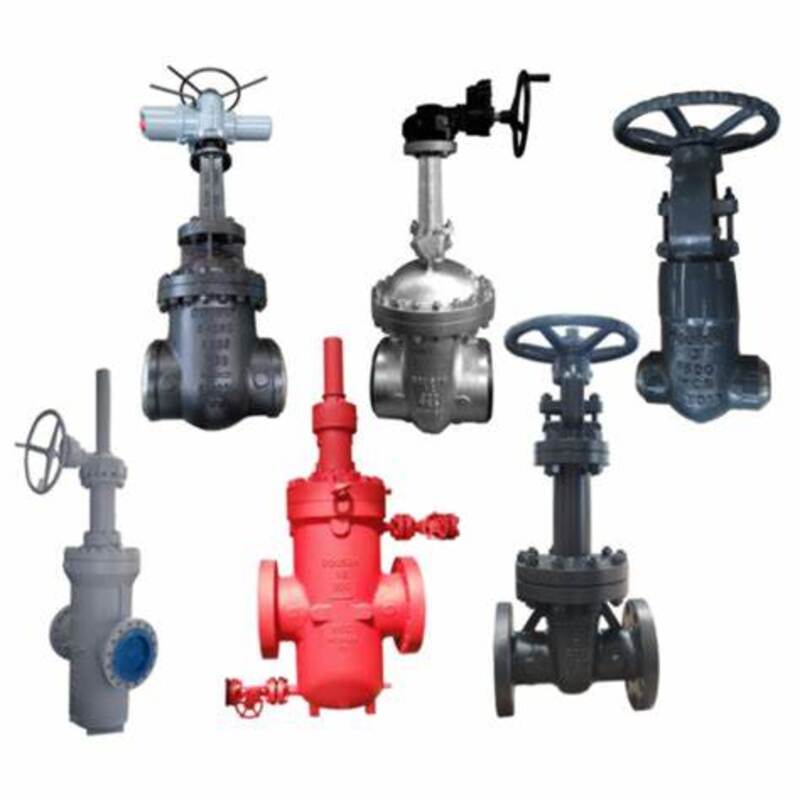
Gate valve features a flat or wedge-shaped gate that moves vertically to block or allow flow. It’s suitable for applications that require minimal flow restriction when fully open.
Example: Commonly installed in fire protection systems, large water mains, and isolation points in process lines.
3. Globe Valve
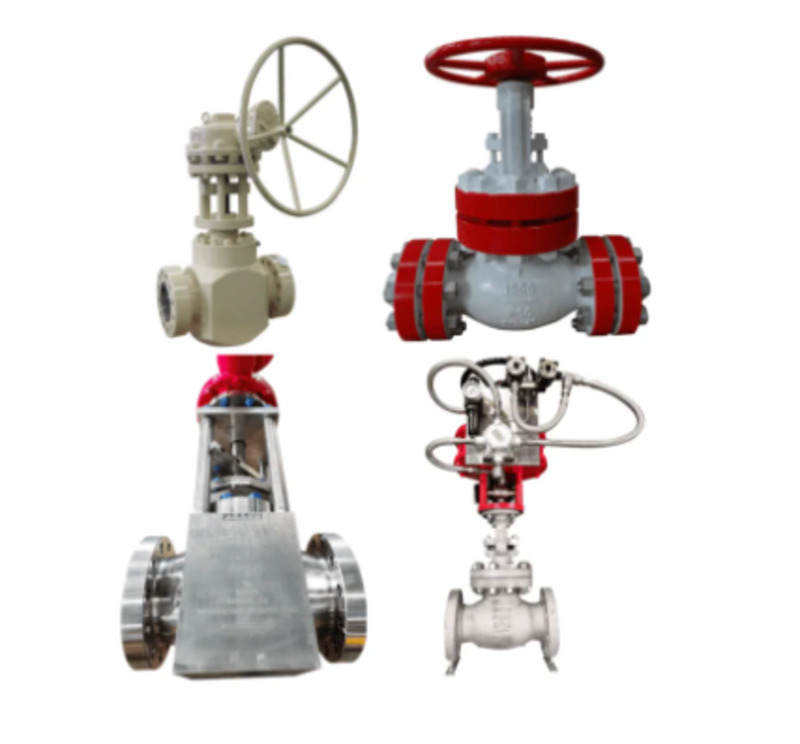
Designed for throttling and flow regulation, the globe valve uses a movable disk and stationary seat in a spherical body. It offers better control than gate valves.
Example: Ideal in HVAC systems, boiler feedwater lines, and chemical injection points where precision control is necessary.
4. Check Valve
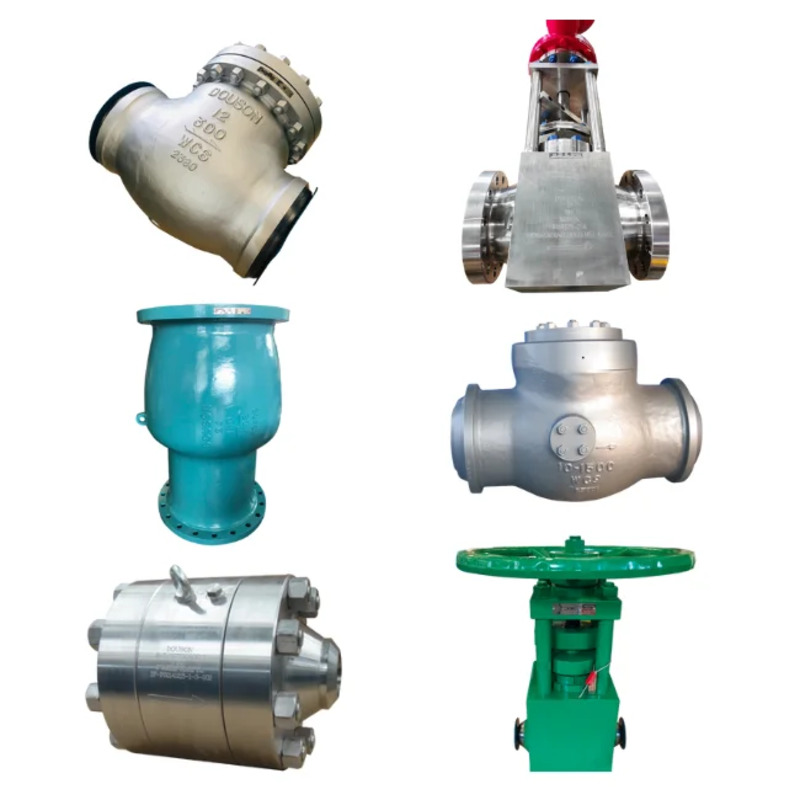
This unidirectional check valve automatically prevents backflow, protecting pumps and compressors from reverse pressure.
Example: Frequently used in pump discharge lines, compressed air systems, and wastewater lines to maintain flow direction.
5. Butterfly Valve
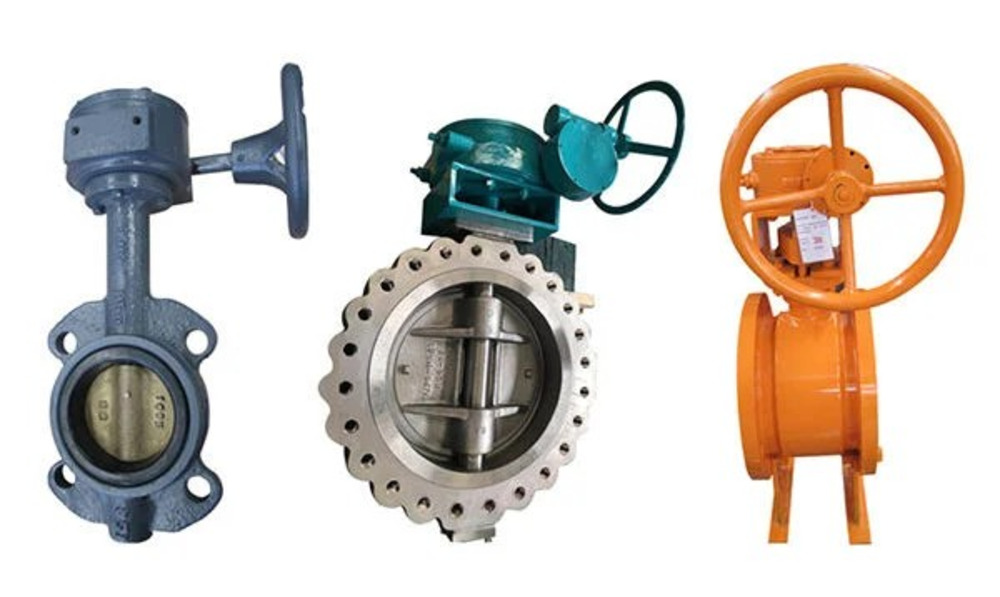
Utilising a rotating disc mounted on a rod, butterfly valve opens or closes flow with a quarter turn. It is lightweight, easy to install, and cost-effective for large pipelines.
Example: Used in cooling water systems, ventilation ducts, and food processing lines due to its compact design.
Instrument Valves (Hy-Lok)
1. Ball Valves
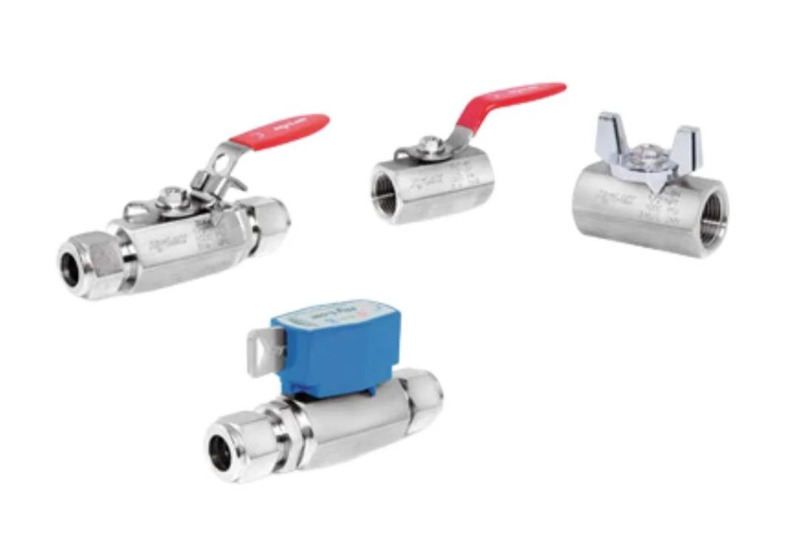
Valve of ball type in instrument valves are usually used in precision systems, instrumentation panels and test skids with smaller bore and designed for leak-tight sealing and compact form factor
2. Check Valve

Check valves in instrumentation application are usually used in analyser panels, pressure systems, gas lines designed with smaller bore and to withstand high pressure.
3. Needle Valve

A needle valve offers precise flow control using a slender, tapered point that fits into a matching seat. It’s best for low-flow and high-accuracy applications.
Example: Found in sampling skids, fuel metering, and laboratory instrumentation setups requiring fine adjustments.
4. Plug Valve
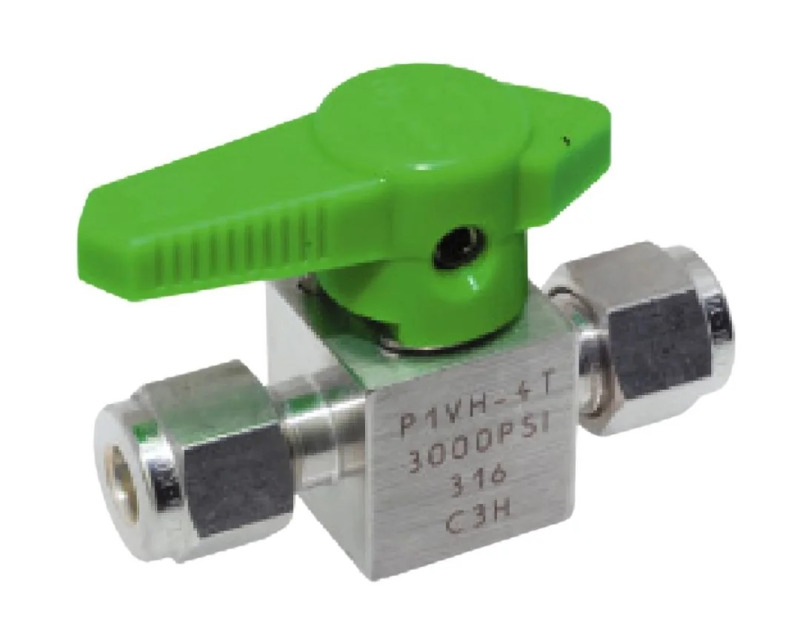
Plug valves use a cylindrical or conical plug to control flow. They provide reliable shutoff with a simple quarter-turn mechanism.
Example: Often used in pipelines carrying slurries or corrosive materials, especially in chemical or pulp industries.
5. Pressure Relief Valve
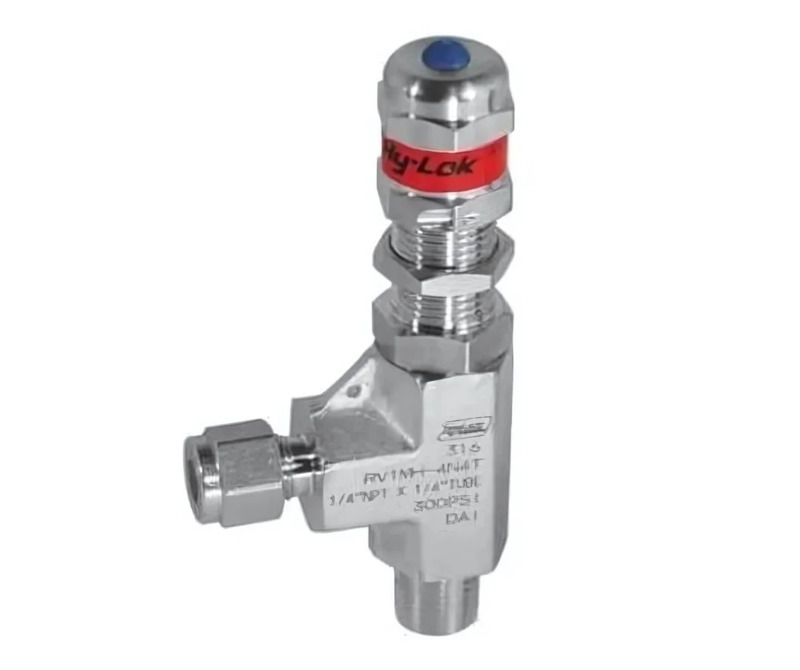
A critical safety pressure relief valve designed for pressure regulation, it automatically opens to relieve excess pressure from a system and prevent equipment failure or explosions.
Example: Commonly installed in boilers, pressure vessels, and storage tanks in oil refineries or gas processing units.
As a trusted valve supplier in Malaysia, we offer these solutions that support critical processes that demand accuracy, durability, and compliance, making them a dependable choice for sectors like oil & gas, chemical processing, water treatment, and power generation.
How to Classify Valves for the Right Application and Industry Fit

To ensure long-term system performance and safety, it’s important to classify valves based on their material, connection type, and suitability for industry-specific requirements.
| Classification | Description |
| By Material | The material of a valve determines its strength, durability, and resistance to temperature or corrosion. Common valve materials include – Stainless Steel – Ideal for corrosive environments and hygienic applications (e.g. food & beverage, chemical processing). – Brass – Suitable for general-purpose applications with low to medium pressure. – PVC – Lightweight and resistant to chemicals; often used in water treatment. – Cast Iron / Carbon Steel – Used in high-pressure systems such as steam or oil pipelines. |
| By Valve End Connections | Valves can be connected to piping systems in several ways depending on the design and operating pressure: – Threaded – Common in small-size pipes and low-pressure systems. – Flanged – Provides strong sealing for medium to high-pressure pipelines; easier for maintenance. – Socket Weld / Butt Weld – Used in high-pressure or high-temperature pipelines to ensure leak-proof performance. |
| By Industry Use | Valves are tailored for specific industrial needs, such as: – Oil & Gas – Pressure seal valves, high-performance check valves. – Water Treatment – PVC and butterfly valves for flow control. – HVAC Systems – Globe and balancing valves for system regulation. – Chemical Processing – Corrosion-resistant valves like stainless steel needles or ball valves. – Pharmaceutical – Sanitary-grade valves with hygienic design. |
Learn more about the role of specialised valves in ensuring safety and flow control on FPSO offshore production systems.
Valve Selection Criteria for Reliable System Integration
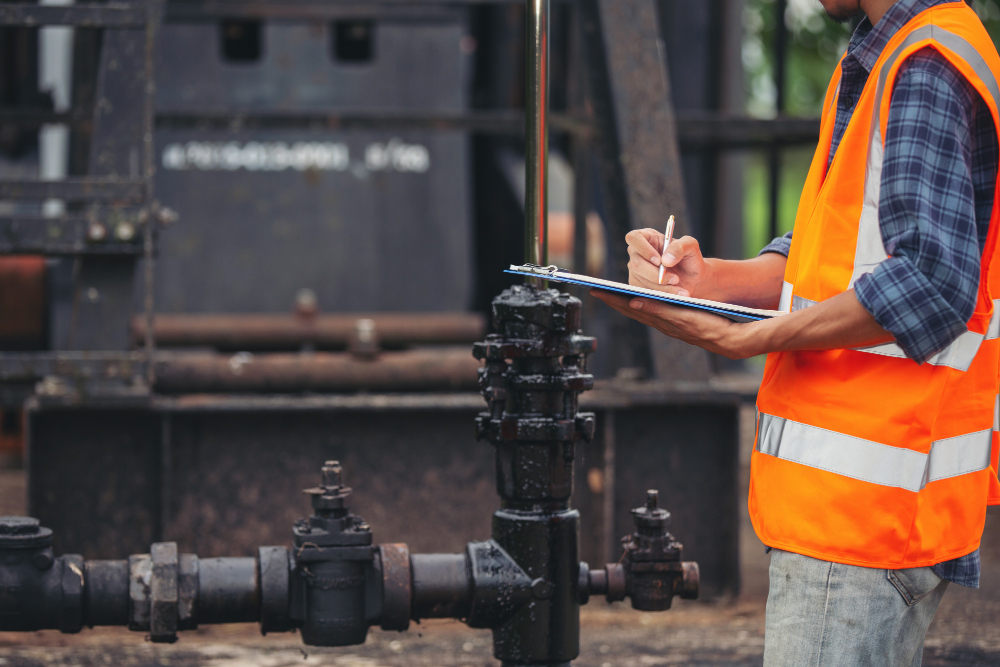
Selecting a valve involves aligning system demands with material performance, flow control needs, and maintenance expectations.
| Factor | What to Consider |
| Type of Fluid | Understand the nature of the medium—whether it’s gas, liquid, slurry, or corrosive chemical. Some valves are better suited for abrasive or high-viscosity fluids. |
| Pressure & Temperature Conditions | Select a valve designed for effective pressure regulation and high-temperature conditions that may require steel-bodied valves with reinforced seals. |
| Flow Control Needs | Identify whether you need a valve for on/off control (e.g. ball or gate valve) or precise throttling (e.g. globe or needle valve). |
| Valve Sizing & Piping Compatibility | Ensure the valve size matches your pipeline dimensions and the connection type (threaded, flanged, welded) is compatible. |
| Material Compatibility | Match the valve material to the fluid and operating environment. For instance, stainless steel for corrosive fluids or PVC for water-based systems. |
| Frequency of Operation | In frequently operated systems, go for durable, low-maintenance options like ball valves. For automated systems, consider electric or pneumatic actuation. |
| Maintenance and Accessibility | Consider ease of access for inspections, repairs, or part replacements—especially in critical operations or hard-to-reach areas. |
| Certifications and Valve Standards | Ensure the valve complies with relevant industry standards (e.g. API, ASME, ISO) to meet safety and quality regulations. |
Conclusion
Valves are essential components in industrial systems, contributing to safe operations, efficient flow control, and equipment longevity.
Each selection should be based on fluid characteristics, system pressure, temperature, and installation environment.
A thoughtful approach to valve selection can improve performance, reduce breakdowns, and better comply with industry requirements.
Get in touch with Flexy for tailored recommendations, technical support, and reliable industrial valve solutions that meet your system demands.


